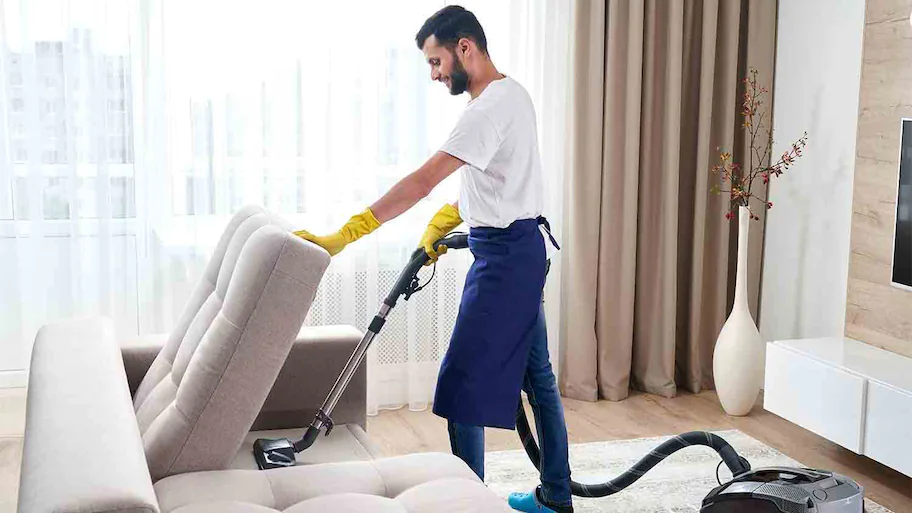Angi Solution Center

Photo: PeopleImages / iStock / Getty Images Plus / Getty Images

Photo: PeopleImages / iStock / Getty Images Plus / Getty Images
Trusted by Homeowners
4.6
Average homeowner rating for Angi pros
150m+
Homeowners helped since 1995
Explore top articles
From average costs to expert advice, get all the answers you need to get your job done.

Replacing a garage door is necessary to add security and value to your home. Learn how each door type affects the total cost of this project.

Can you build a deck in the winter? You absolutely can—and it’s actually a very smart decision to make. Learn why the winter months are perfect for this home improvement project.

Wondering who to call for a water leak in the ceiling? It depends on the source of the problem, but you’ll usually call a roofer or a plumber (and your insurance company).

How much does a septic system cost? Explore impacting factors, important add-ons, and how you can save money on septic system installation right here.

Your gas fireplace might not turn on due to a few problems. We’ll help you to troubleshoot what’s wrong and when you should call a pro.
Ready to get started? Book a pro for one of these popular projects
Price shown is the national median price of minimum job size for Angi's pre-priced offering. Actual pricing may vary.
Knowledge is priceless - so our cost guides are free.
Sign up to get free project cost info in your inbox.
Popular articles













